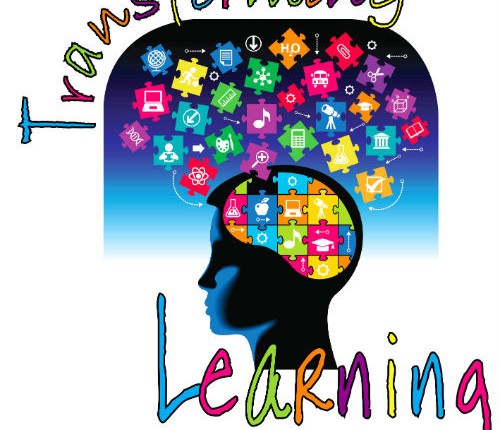Dr. Seuss may have been onto something brilliant with his affinity for glib rhymes and the distinct rhythms in which he wrote them. Research reveals a strong link between improved memory and the use of rhymes, especially those set to distinct rhythms.
Advertising companies and song lyricist have capitalized on this fact for eons. Think about your favorite ad jingles and song lyrics. Do they contain rhymes? The most popular ones, those that stand the test of time, typically do. They rise quickly in the charts precisely because they are easier to remember, easier to repeat.
Using rhyme to trigger memory is not uncommon, even for adults. On a recent episode of a popular game show, a contestant was asked the question of how many months have 30 days. He, a PHD student, immediately began reciting the adage “Thirty days hath September, April, June, and November….” The camera spanned the audience and many people’s lips were moving as they recited the maxim to themselves while counting the 30-day months on their fingers. Clearly, in this instance, rhymes empowered memory and served getting to the correct answer.
The advantage of rhyme and song as a memory aid has been employed by scholars, including medical students, to master volumes of information. Check out YouTube.com for a multitude of videos depicting ways to remember complex data. For starters, there’s the video, Elements of the Periodic Table set to rhymes featuring Tom Lehrer on the piano. And then there’s The Quadratic Formula played to the tune of “Pop Goes the Weasel.” Be sure to check your knowledge regarding the Preamble of the Constitution with Schoolhouse Rock.
The power of rhythm as a learning mechanism extends into language pursuits as well. A new study recently published in the journal, Memory and Cognition, found singing to be a valuable tool for learning a new language. It was shown that adults learned foreign words and phrases more effectively when they sang the words versus just speaking them. The ability to repeat verbatim, even after a 15-minute learning period, far exceeded the groups who did not sing and merely spoke the words.
In Dr. Seuss’s biography, it is said that his mother, Henrietta Seuss Geisel, had worked in her father’s bakery and had to memorize the names of the pies that were on special each day. She would then ‘chant’ the list to her customers. Dr. Seuss remembered that when as a child he had difficulty getting to sleep, she would repeat some of her ‘pie-selling chants’ to him. As an adult, he credited his mother “for the rhythms in which I write and the urgency with which I do it.”
Dr. Seuss wrote The Cat in the Hat when asked by Houghton Mifflin and Random House to write a children’s primer using 220 new-reader vocabulary words. While schools were hesitant to adopt it as an “official” primer, children and parents swarmed for copies.
Are we failing, in today’s educational process, by not tapping the innate power of rhymes, of rhythm, of music as learning tools, as fun memory aids? Imagine classes singing spelling words, multiplication tables, and other facts that are best learned through repetition. Imagine the creativity inspired when kids take ordinary vocabulary words and write them into a rap song, poem, or a story with rhyming phrases.
In our eBook, EggMania, a story about a boy on a quest for knowledge, rhymes are rampant. Advanced vocabulary words can also be found throughout the book. Both features were intentional as language development strategies. Interestingly, we are hearing from parents and teachers that their kids/students are repeating key rhyming phrases from the book. And some parents are saying that their kids are using big words from those phrases, and in correct context in their regular communications, words the children were not accustomed to using before. Now, those are clear examples of the brain power inherent in rhymes.
So if you or your kids want to learn a new language, new words, math formulas, or commit to memory a complicated to-do list, try some “Rhythm and Rhymes.”
Sherry Maysonave
